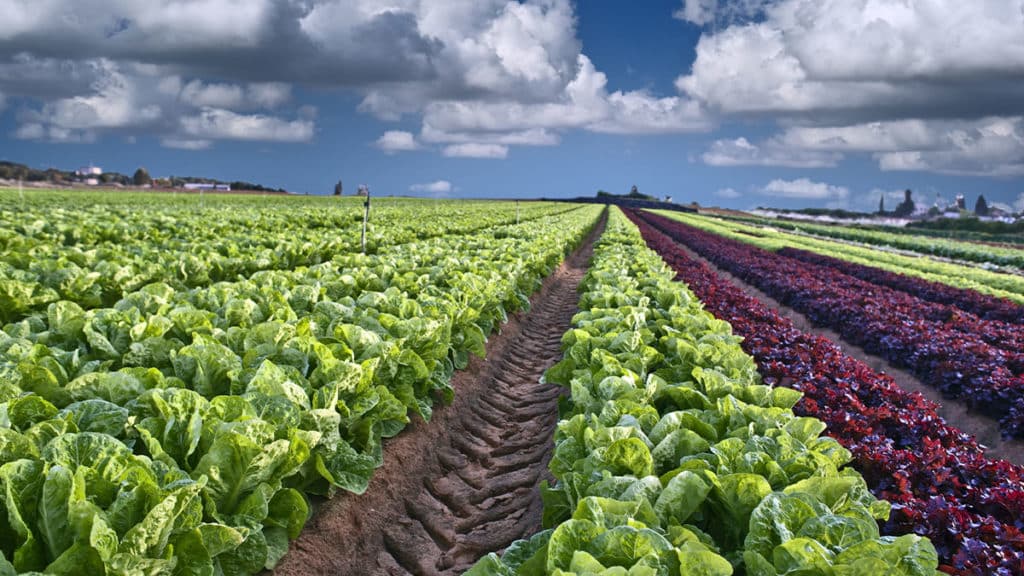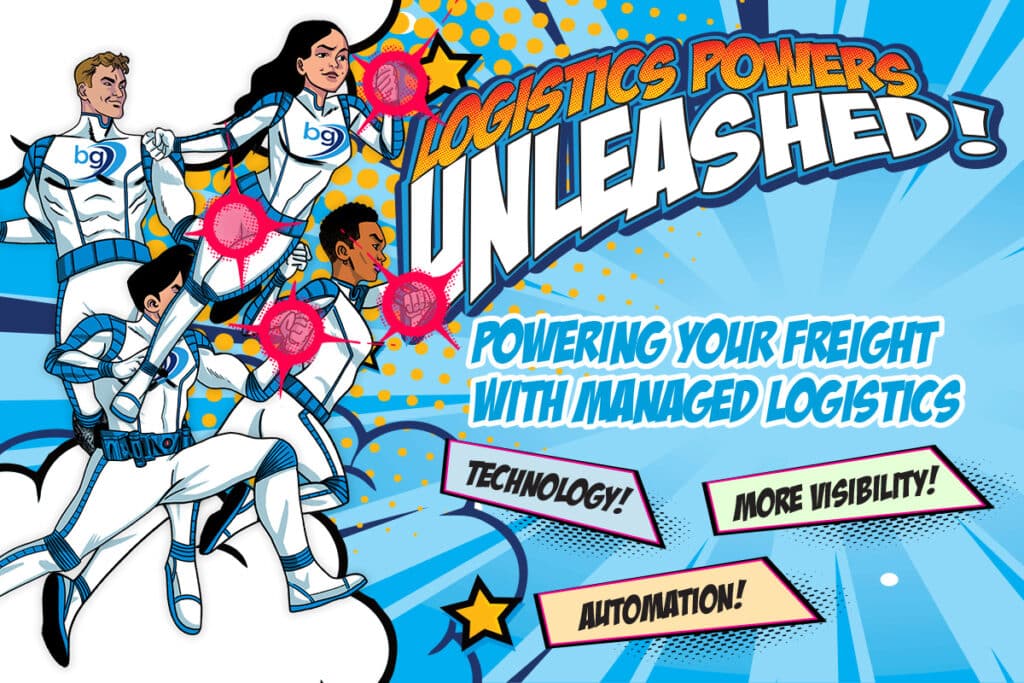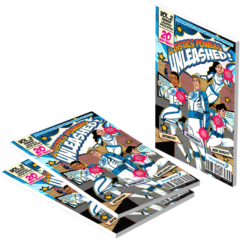Amid this change, it is important to recognize that consumers are not just choosing convenience; they are making a thoughtful shift driven by practicality. According to the Food Industry Association, 15 percent of consumers are buying more frozen meat and seafood products, and 21 percent are buying less fresh meat and seafood products. The transition from fresh products to frozen alternatives represents a conscious effort to ensure that households can access high-quality products without compromising their hard earned savings.
As this movement gains momentum, its effects ripple through various segments of the consumer landscape. Notably, shippers are tuned in to this shift and responding in kind. They are adapting their strategies to meet the increasing demand for frozen alternatives, ensuring the supply chain remains seamless and the transition from manufacturer to freezer aisle is as efficient as possible. This responsiveness underscores the interconnectedness of the logistics world, where every choice influences the way goods reach our tables.
By implementing route optimizations, multi stop routing, drop trailer pools and visibility platforms, transportation providers have risen to the occasion to accommodate higher volumes of frozen products.
The shift from fresh to frozen alternatives in the food and beverage industry has had significant implications for cold chain transportation. Consumer behavior and demand for frozen alternatives has created an additional need for cold storage space. Limited storage has presented opportunities for transportation providers to further partnerships and deploy additional resources. By implementing route optimizations, multi stop routing, drop trailer pools and visibility platforms, transportation providers have risen to the occasion to accommodate higher volumes of frozen products. This, of course, leads to the expansion of cold storage facilities at various points in the supply chain as well, which includes warehouses, distribution centers, and retail outlets. The construction and operation of these facilities require additional investments and resources.
Advanced refrigeration systems, real-time temperature monitoring, and data analytics are now critical for ensuring that frozen products remain at the optimal temperature throughout transit.
Additionally, the shift to frozen alternatives has driven innovation in temperature control technology. Advanced refrigeration systems, real-time temperature monitoring, and data analytics are now critical for ensuring that frozen products remain at the optimal temperature throughout transit. This technology also helps in reducing food wastage and ensuring product safety.
The increased reliance on refrigerated transportation and storage has prompted a focus on energy efficiency and sustainability. Companies are exploring ways to reduce the environmental impact of cold chain operations by using cleaner energy sources, optimizing routes, and improving insulation in refrigerated containers. The frozen food sector is subject to stringent regulatory requirements to ensure food safety. Cold chain transportation providers must adhere to these regulations and maintain accurate records of temperature control measures to demonstrate compliance.
By choosing frozen, consumers are making a smart move that aligns with their practical goals, leading to a more predictable and manageable grocery budget.
At its core, the motivation driving this shift lies in the desire for stability amidst uncertainty. Frozen alternatives provide a reliable option, with transportation costs that are more predictable and less prone to the erratic fluctuations experienced by their fresh counterparts. By choosing frozen, consumers are making a smart move that aligns with their practical goals, leading to a more predictable and manageable grocery budget.
The consumer shift from fresh to frozen alternatives in the food and beverage industry has significantly impacted cold chain supply transportation. It has led to increased demand for specialized transportation and storage solutions, technological advancements, supply chain complexities, and a greater focus on sustainability and compliance within the frozen food sector. Adaptation and investment in cold chain logistics have become essential for companies operating in this changing landscape.





